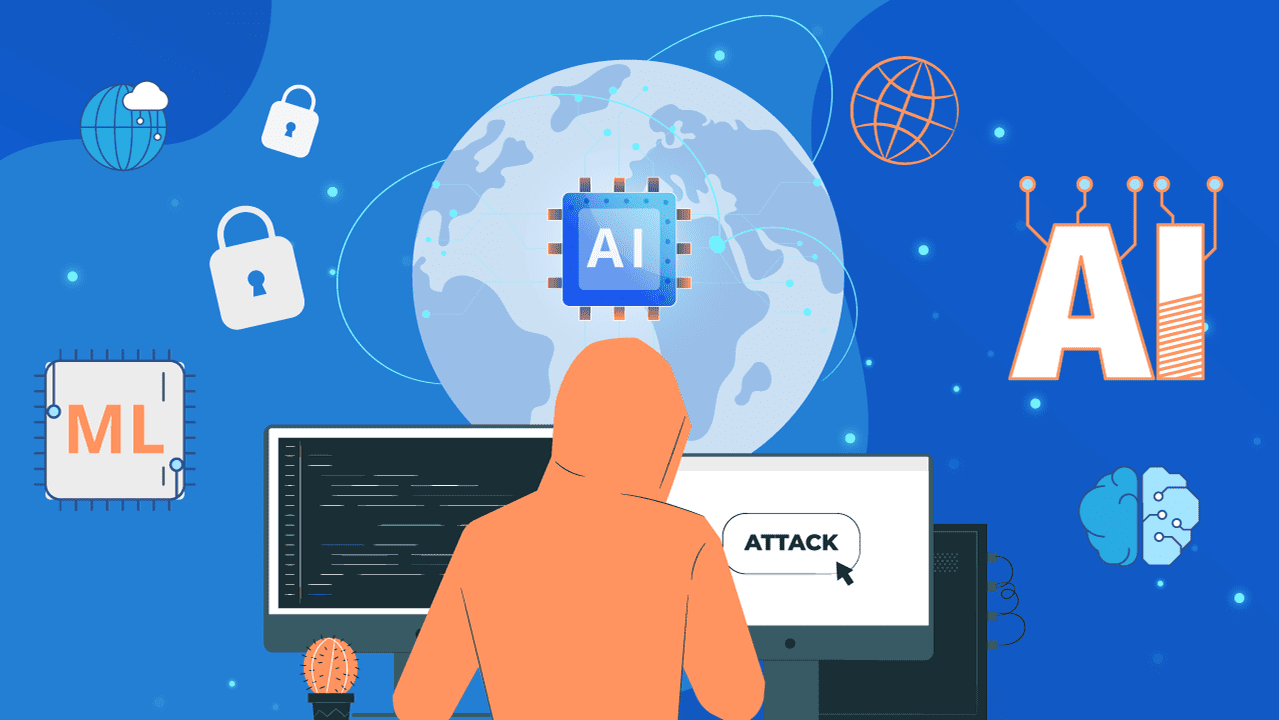The Dual Role of AI in Cybersecurity: Opportunities and Risks
As artificial intelligence (AI) continues to evolve, concerns about its potential misuse in security-related threats are becoming more pressing. ChatGPT-4, built on the GPT architecture, is a prime example of AI technology that can be leveraged for both beneficial and harmful purposes.
AI as a Double-Edged Sword in Cybersecurity
AI and machine learning have the potential to revolutionize cybersecurity by enhancing threat detection and response times. However, they also empower malicious actors to launch cyberattacks with unprecedented precision and speed. This growing challenge demands vigilance from individuals, organizations, and government entities alike.
The Rise of Deepfake Technology as a Cyber Threat
One of the most concerning malicious applications of AI is deepfake technology. By using AI-powered algorithms, attackers can manipulate videos and images to create highly realistic yet entirely fabricated content. These deepfakes can be used to spread disinformation, damage reputations, or manipulate public opinion, posing significant threats to digital trust and security.
AI-Driven Cyber Attacks: A Growing Concern
Beyond deepfakes, AI is being utilized to automate and scale cyber threats such as phishing, malware distribution, and denial-of-service (DoS) attacks. Machine learning enables attackers to rapidly analyze large datasets, identify vulnerabilities, and exploit them more efficiently than ever before.
The Danger of AI-Powered Social Engineering
A particularly troubling development is the rise of AI-driven social engineering attacks. AI-powered chatbots can generate highly personalized and convincing messages, making phishing attempts more effective. These systems can mimic natural human interactions, increasing the chances that users will unknowingly click on malicious links or download harmful software. As AI continues to improve, the ability to differentiate between human and AI-generated interactions will become increasingly difficult.
To mitigate these risks, individuals and organizations must adopt stronger security measures, such as multi-factor authentication and continuous cybersecurity training.
AI’s Role in Strengthening Cybersecurity Defenses
Despite these threats, AI also offers significant advancements in cyber defense. AI-driven algorithms can process vast amounts of data to detect anomalies and emerging threats that might otherwise go unnoticed by human analysts. Additionally, AI can automate repetitive security tasks, allowing cybersecurity professionals to focus on more complex and strategic challenges.
Striking a Balance: Ethical AI and Responsible Innovation
In the long run, the advantages of AI in cybersecurity outweigh the risks—provided that ethical and responsible use is prioritized. Achieving this balance requires a collaborative effort among governments, private-sector organizations, and researchers to develop clear ethical guidelines and security standards for AI deployment.
Conclusion: Navigating the AI-Driven Cybersecurity Landscape
AI and machine learning mark a transformative shift in cybersecurity. While they introduce new challenges, they also present powerful opportunities to strengthen digital defenses. By proactively addressing AI-related risks and fostering responsible innovation, we can ensure that these technologies contribute to a safer, more secure digital world.
